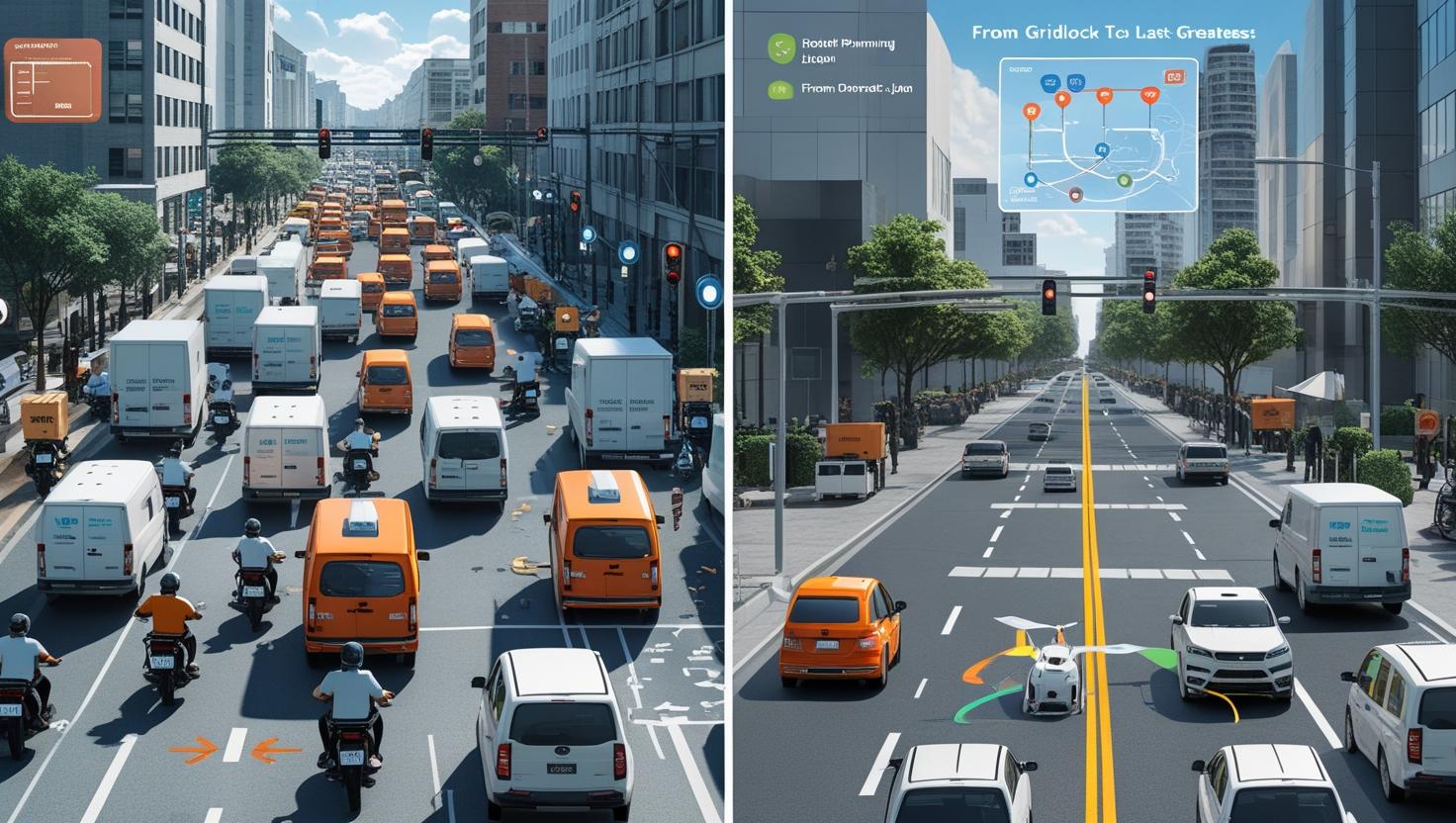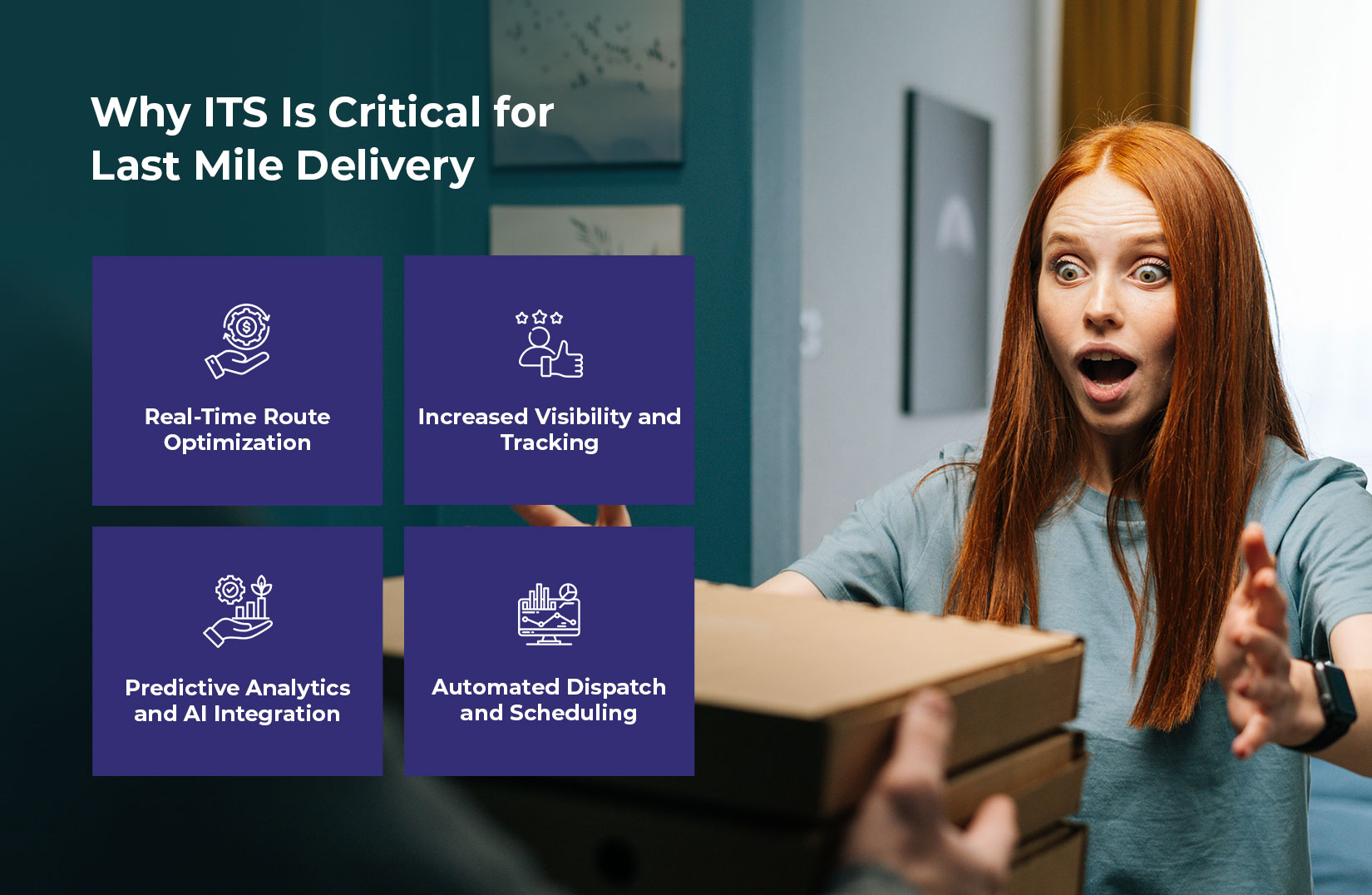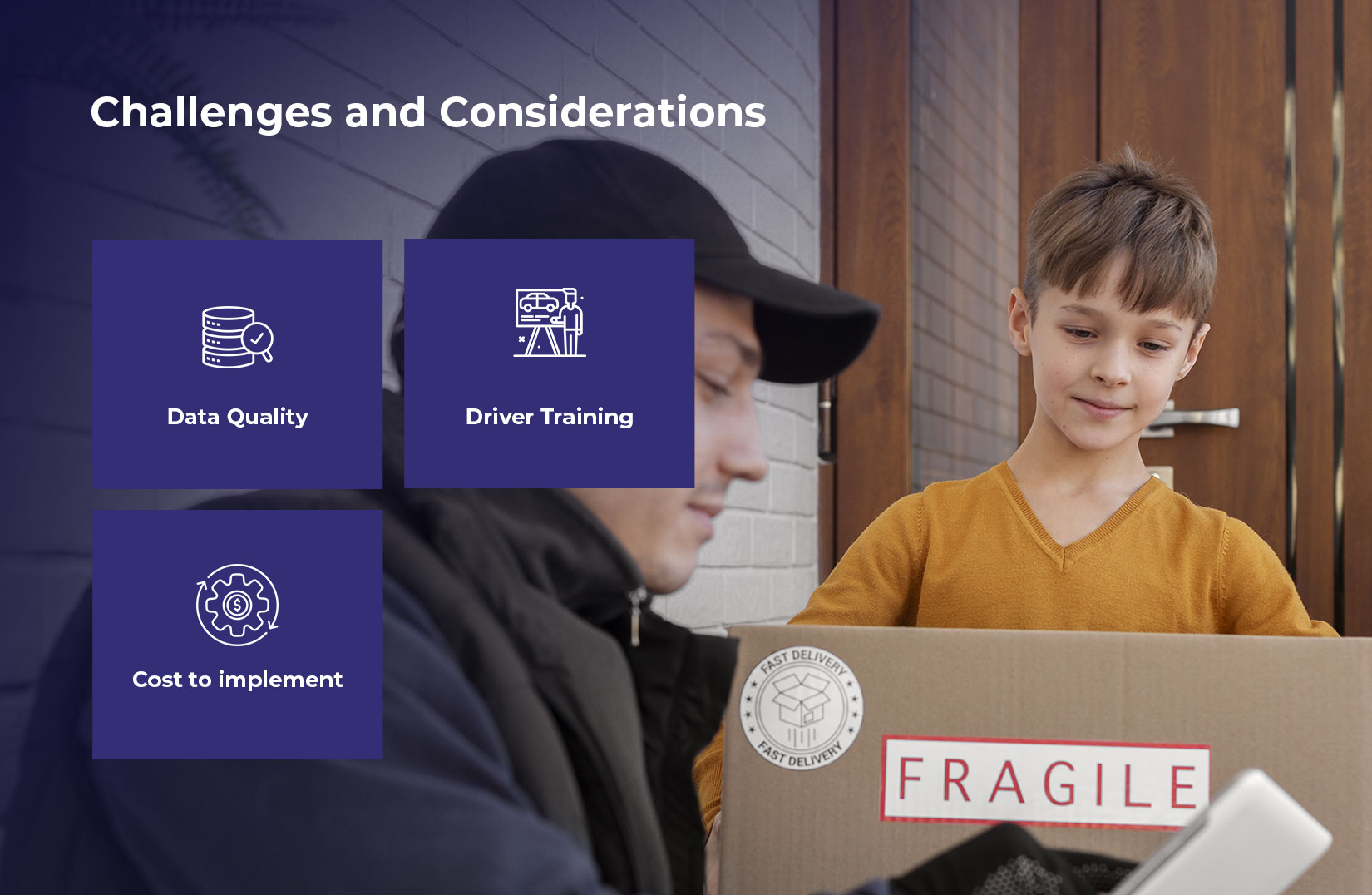
From Gridlock to Greatness: ITS Solutions for Last Mile Delivery
Urban traffic, increasing fuel prices, and record-breaking consumer expectations are reshaping the logistics industry. Centered on these challenges is the very essential final phase of the supply chain: last mile delivery. Ecommerce continues to grow, with gross merchandise value projected to reach $8.1 trillion by 2026. To keep up, companies must adopt smarter, faster, and more efficient delivery solutions. This is where Intelligent Transportation System (ITS) is coming into play to turn jam into glory.
What is an Intelligent Transportation System?
An intelligent transportation system (ITS) is the combination of advanced technologies. Technologies like- sensors, GPS and data analytics. This combination is applied to transportation infrastructure and vehicles to enhance traffic management, minimize congestion and optimize logistics operations. When used in logistics, ITS optimizes route optimization, fleet visibility, delivery scheduling, and real-time communication.
By infusing intelligent transportation software into logistics networks, companies are able to make on-the-fly decision-making. Thereby, optimizing both operational effectiveness and customer satisfaction.
Why ITS is Critical for Last Mile Delivery

Last mile is the most costly and complex phase of the delivery process. Last mile delivery constitutes 41% of overall supply chain costs, says Capgemini. With increasing consumer demands for same-day and next-day deliveries, businesses have tremendous pressure on this stage.
1. Real-Time Route Optimization:
Old-style static routing can’t keep up with new-city traffic patterns. ITS solutions combine real-time traffic information, weather reports, and road conditions to dynamically re-route deliveries. Implementing ITS-enabled last mile delivery software has the potential to lower delivery time by as much as 25% and fuel consumption by 20%, says McKinsey. With smart routing, fleets bypass hotspots, decrease idle time, and arrive on time, regardless of obstacles.
2. Increased Visibility and Tracking:
ITS platforms provide end-to-end visibility with real-time tracking of drivers, packages, and vehicle performance. Not only does this enhance customer communication through accurate ETAs but also enable logistics managers to track and react when exceptions arise. One of North America’s largest retailers reduced failed deliveries by 30% with the implementation of ITS-driven tracking and notification capabilities. Such transparency fosters customer trust and eliminates expensive redelivery attempts.
3. Predictive Analytics and AI Integration :
Today’s smart transportation software leverages AI to interpret past and real-time data, forecasting traffic spikes, weather delays, or driver behavior deviations. This advance planning facilitates proactive scheduling, load balancing, and asset deployment. Additionally, machine learning can recommend best delivery windows from the standpoint of customer availability. Thus, lowering dwell times and enhancing service levels.
4. Automated Dispatch and Scheduling:
One of the most significant ITS implementations in last mile delivery is automated dispatching. Through orders, fleet information, and delivery limitations, ITS platforms automate driver assignments to maximize efficiency. ITS-based last mile delivery solutions are implemented by companies, which see an on-time delivery rate increase of 15–20% and a decrease in operational expenditures by 12%, according to Deloitte. Automation also minimizes human error and accelerates response times during high-demand seasons such as holidays or flash sales.
Important Elements of an ITS-Powered Last Mile Delivery Solution
To maximize the benefits, logistics companies should search for last mile delivery software that combines the following ITS elements:
– GPS and Telematics: Real-time position, velocity, and vehicle diagnostics.
– Traffic Management Systems: Congestion, accident, and road closure data.
– AI-Powered Route Optimization: Predictive analytics for rerouting.
– Smart Dispatch Engines: Proximity-based and load-based automated job assignments.
– Mobile App Driver: Real-time updates, navigation, and communication features.
An ITS-enabled last mile delivery solution makes these pieces work in harmony to minimize inefficiencies and scale operations.
Use Cases: ITS in Action
A few global leaders have successfully applied intelligent transportation systems to their last mile operations:
UPS ORION
UPS’ On-Road Integrated Optimization and Navigation (ORION) system processes 250 million address data points every day. It assists drivers in saving unnecessary miles, 10 million gallons of fuel per year, and 100,000 metric tons of CO₂ emissions.
Amazon’s Dynamic Delivery Routing
Amazon employs a combination of ITS and AI to modify delivery routes and time windows dynamically. This allows hyperlocal deliveries even in the highest-density urban areas, keeping its competitive advantage in speed.
Environmental Benefits of ITS in Last Mile Logistics
Aside from speed and efficiency, ITS makes major contributions to environmental objectives. Through route optimization and lowering idling time, ITS-driven logistics networks reduce fuel usage and emissions. The U.S. Department of Transportation estimates that ITS can decrease greenhouse gas emissions from freight vehicles by 6–12%. This is aligned with worldwide initiatives towards green logistics, making intelligent transportation systems a strategic weapon for environmentally friendly companies.
Challenges and Considerations

Though the advantages are clear, implementing an intelligent transportation system involves some challenges:
1. Data Quality:
ITS is dependent on quality, large datasets from several sources that relate to traffic sensors, GPS, weather and delivery logs. Having low quality datasets, will correlate to the wrong route or lower quality. This will lead to inferior customer satisfaction and may even hinder efficiency. As such, we want to validate the quality, and stability of our datasets to optimize ITS value.
2. Driver Training:
Staff will need to familiarize themselves with new interfaces and automated routines. This will take training modes whether formal or informal and time and patience to make operational change.
3. Cost to Implement:
Although initial costs in an ITS may be high, ROI generically may be viewed positively in the longer term. Realized savings can present themselves in generating faster efficiencies in routing, fuel use reduction and reduced missed delivery incidences. All of this will offset the initial cost quickly
Selecting the most appropriate last mile delivery software with open integration and scalable architecture is the most critical aspect of a successful ITS implementation.
The Road Ahead
As cities become smarter and deliveries boom, intelligent transportation systems will form the core of competitive logistics operations. Companies that invest in ITS today set themselves up for long-term efficiency, sustainability, and customer loyalty.
Whether you are a logistics company, a big retailer, or a courier startup, an implementation of a sound last mile delivery solution with ITS capabilities can lead to measurable outcomes—from reduced cost to quicker deliveries.
Final Thoughts
From gridlock to greatness isn’t a metaphor, it’s a quantifiable result when intelligent transportation system is implemented to the last mile. By combining intelligent transportation software, real-time information, and automation, logistics operators can effectively tackle congestion. This approach helps them impress customers and stay ahead in the delivery race.
Embrace ITS. Optimize the last mile. Deliver greatness. Book a demo with LogiNext Solutions. Click on the red button below and take the leap of faith.
50







@LogiNext